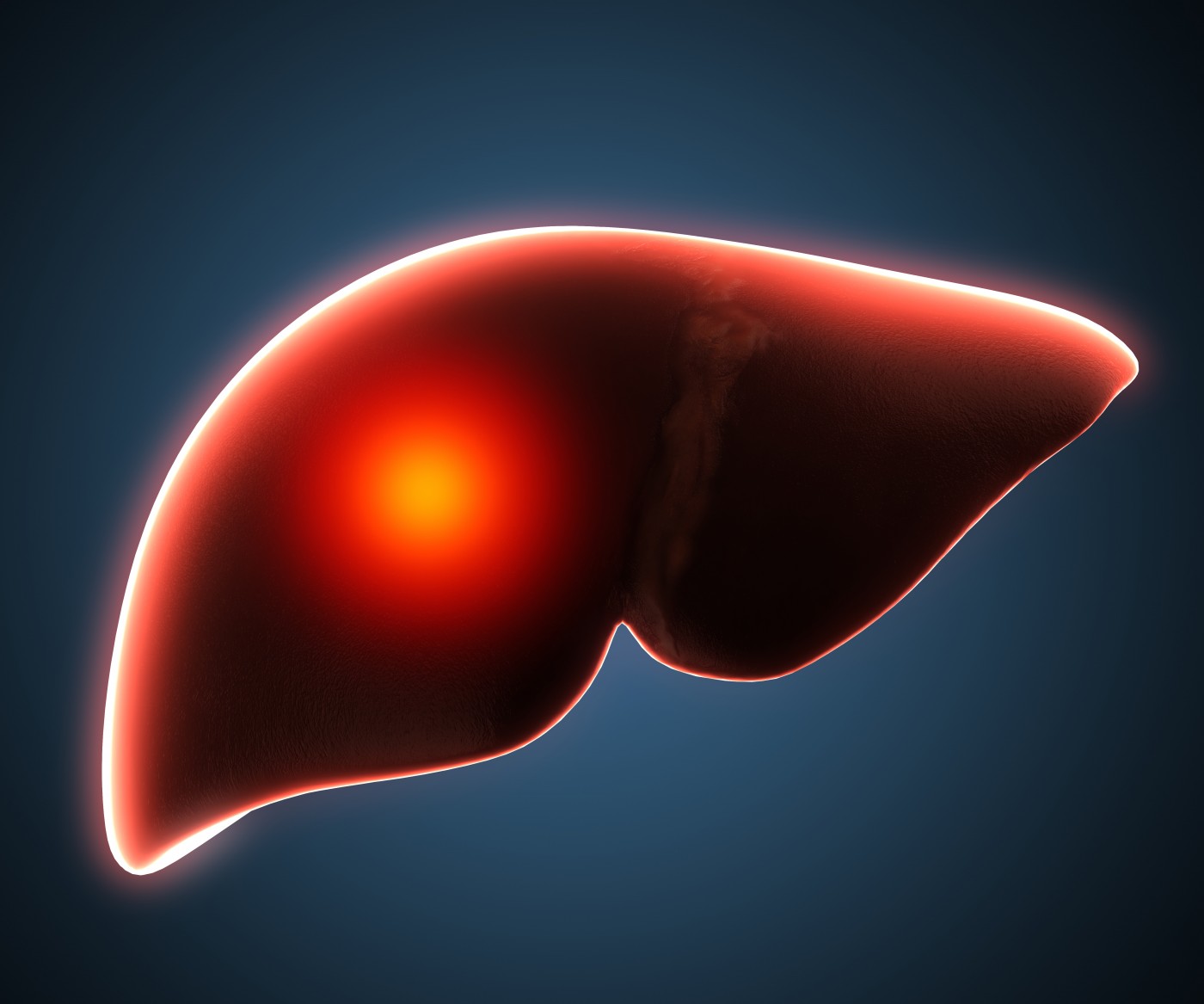Researchers Surprised to Find Dying Red Blood Cells and Their Iron End Up in Liver, Not Spleen

In a discovery that appears to turn textbook knowledge on its head, researchers at Massachusetts General Hospital and Harvard Medical School found that damaged or old red blood cells — and the iron they carry — are in fact mainly taken care of by the liver and not, as previously believed, by the spleen.
The findings, made public in a report titled “On-demand erythrocyte disposal and iron recycling requires transient macrophages in the liver,” and published in the journal Nature Medicine, have a huge impact on research in sickle cell disease and other conditions affecting red blood cells.
“In addition to identifying the liver as the primary site of these processes, we also identified a transient population of bone-marrow-derived immune cells as the recycling cells,” senior author Filip Swirski, an associate professor of radiology at Harvard, said in a news release.
When red blood cells die, either by damage or old age (which, in red blood cells, is about 120 days), the iron inside the cells needs to be taken care of and recycled. If iron, bound to hemoglobin, is released uncontrollably — as can be the case when large numbers of cells get damaged — toxicity, kidney damage, and anemia can follow.
To reach the new conclusions of the final resting place of red blood cells, the research team used several different models, including a mouse model of sickle cell disease. They found that as the number of damaged blood cells started rising in the blood, a particular type of immune cells called monocytes jumped into action.
Researchers observed monocytes engulfing damaged red blood cells and taking them to both the spleen and the liver. When checking back a couple of hours later, the team was surprised to find nearly all of the damaged cells inside another type of immune cell known to engulf old cells and other cellular debris — macrophages — inside the liver.
Monocytes are, in fact, the forebearers of macrophages, and the team noted that the liver started producing molecules known as chemokines — factors triggering the movement of cells toward their source — attracting the red blood cell-containing monocytes. Once the cells entered the liver, they turned into macrophages capable of recycling the iron.
The accumulation of such macrophages in the liver has been noted in sickle cell disease, an observation now explained by the new findings. To double-check their results, the researchers blocked the process and watched the levels of free iron and hemoglobin rise in the bloodstream, leading to liver and kidney damage in the experimental animals.
“The mechanism we identified could be either helpful or damaging, depending on the conditions. If overactive, it could remove too many red blood cells, but if it’s sluggish or otherwise impaired, it could lead to iron toxicity,” said Swirski, adding that research into the details of the mechanism might teach us how to harness it when needed.






